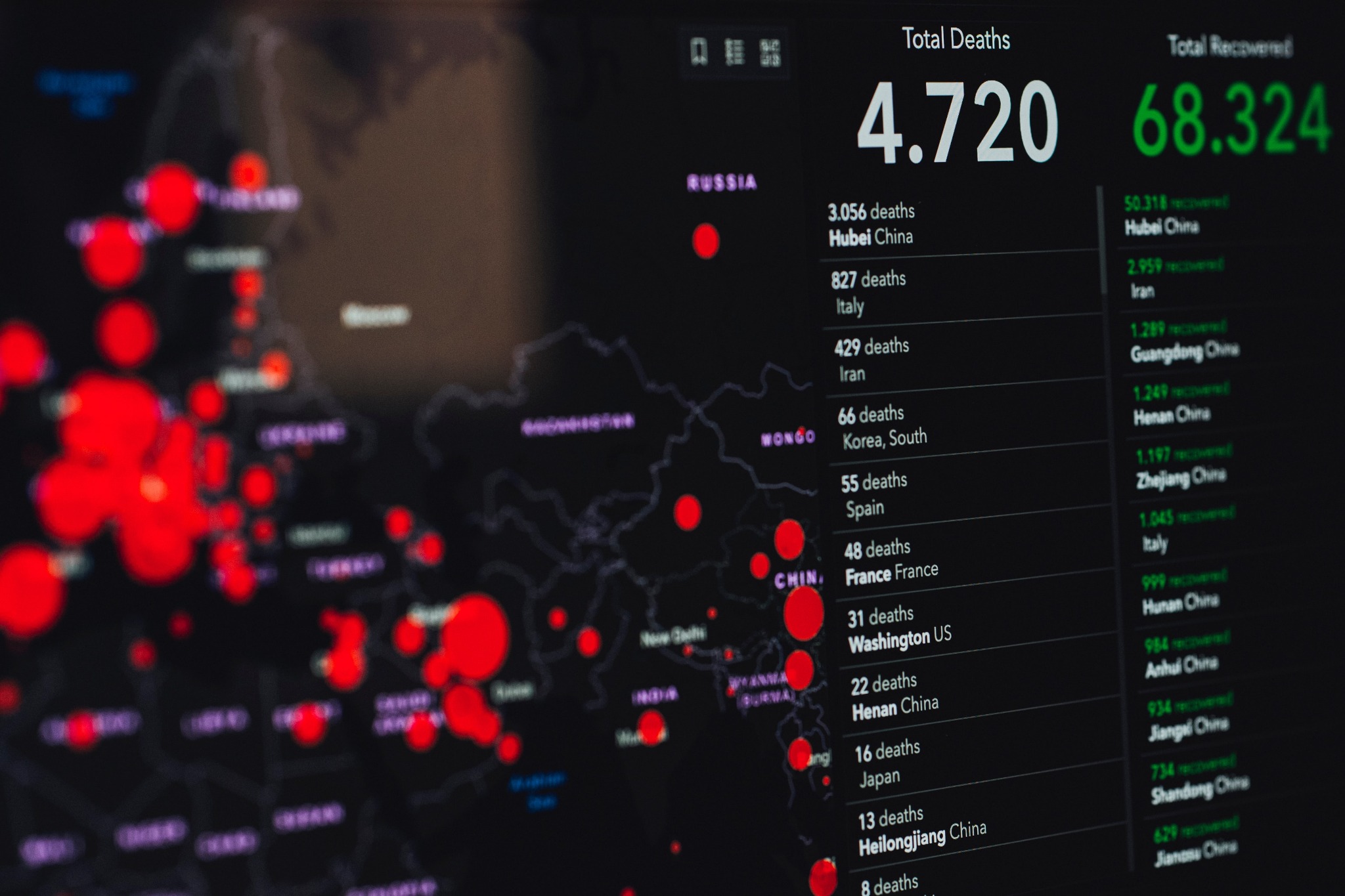
Using Blockchain and DLT to Fight the Spread of COVID-19
Originally written for SME attribution for Armanino's COVID-19 Resource Center. Armanino LLP is one of the top 25 largest independent accounting and business consulting firms in the United States.
-----
Those skeptical about the use of blockchain and distributed ledger technology (DLT) for anything other than open and public value transfer now have another reason to “see the light.” While blockchains and DLT can’t solve all problems (business or otherwise), they do have compelling applications outside of pure digital value transfer — including the fight against COVID-19.
One of the newest applications is a global coronavirus tracker dashboard that provides daily tracking and visualizations of the COVID-19 pandemic globally. It pulls from a wide set of public data to help researchers, scientists and journalists understand the spread of the virus and trends over time.
The dashboard was created by Acoer, a developer of blockchain-enabled technologies led by CEO Jim Nasr, who served as Chief Software Architect at the U.S. Centers for Disease Control (CDC) during the Obama administration. Acoer's mission is to enable superior drug development and patient care decision-making through model-informed drug development, regulatory science, real-world evidence and knowledge integration. For the Acoer team, the COVID-19 pandemic was a call to action.
Acoer has developed their healthcare data applications on top of the Hedera Hashgraph ecosystem to provide supply chain collaborators with transparency and auditability. Hedera Hashgraph is a public, enterprise-focused distributed ledger project that melds the speed and functionality of a private blockchain with the security, finality and decentralization of a public chain. The Hedera Governing Council includes Boeing, Deutsche Telekom, DLA Piper, FIS, Google, IBM, Nomura, Tata Communications, Wipro and others.
Part of what makes the COVID-19 tracker work is having access to historical confirmed data on the Hedera Hashgraph network. For this, the dashboard depends on Armanino’s “mirror node” service, called Trusted Node. The Trusted Node service, which is part of the TrustExplorer™ suite of solutions, provides the public open access to full archival, cryptographically validated account, transition and balance data for the Hedera network.
The COVID-19 dashboard aggregates coronavirus data on a daily basis, filtered down to individual countries, and can show total number of cases, total number of deaths, total number of recoveries (where the data allows), and more. Hedera Hashgraph’s DLT is used to combine data from the CDC, World Health Organization (WHO) and Google Trends.
It creates a reference file that includes the data and metadata, and then matches this reference file to the information source. Hedera Hashgraph is used to cryptographically store and timestamp the source and information received, resulting in an immutable single source of truth for disease tracking.
While Armanino does not participate in confirming new transactions, TrustExplorer does provide a highly available and trustworthy source of all activity on Hedera since the main net launch. Trusted Node provides both programmatic (server to server) access and a front-end web application.
Acoer accesses the Trusted Node technology to check transactions (which include case data) as a validation of the data they are using and presenting to the public.
Post a comment